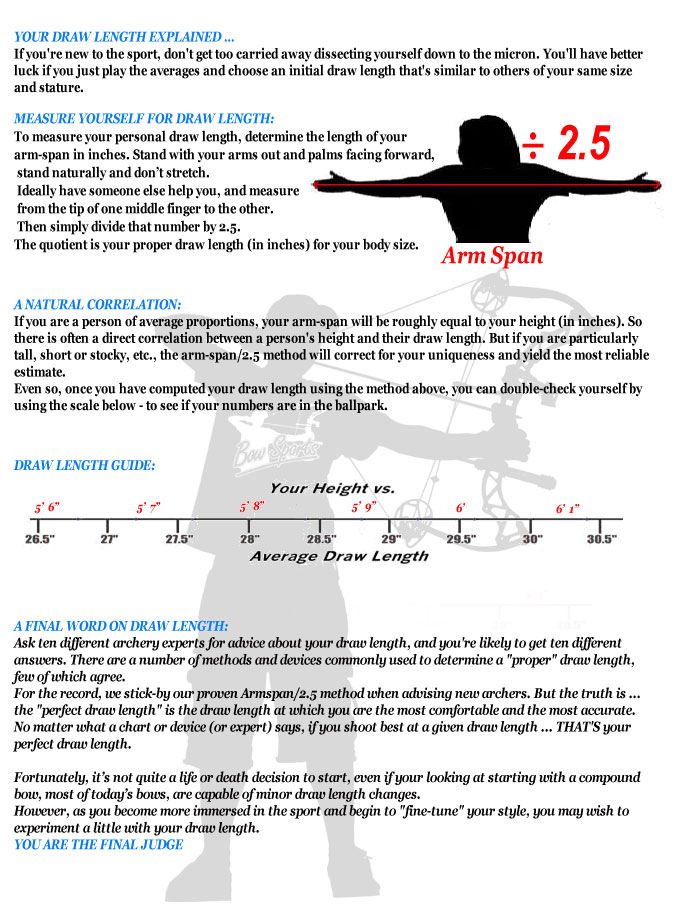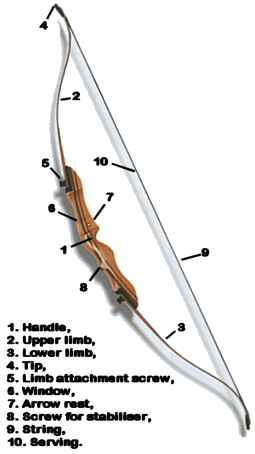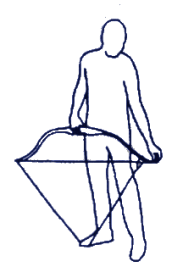



Today archery comes in many different styles, so one of the first things we recomend is to locate a local club.
Archery GB is the largest govening body within the UK, their web site if full of information and also includes an online club finder online - Club Finder
Another main contact to have is the NFAS
The NFAS exists to foster and promote Field Archery as a sport. All their courses are unmarked (i.e. unknown distances), usually situated in woodland, with targets predominantly 3D or paper animal faces, think of it like archery golf, archers walk around a planned coarse, shooting from specific points, at targets placed at unknown distances.
Main Governing bodies
Target Archery
Archery GB
Field Archery - Archery GB & EFAA both offer marked distance woodland shooting
EFAA - English Field Archery Association
Archery GB
NFAS - unmarked woodland shooting - NFAS
With crossbow shooting, we first suggest the NFAS, but there is also a small target crossbow group within the UK, the NCF
and if target crossbow is more interesting to you, the best resourse for information will be the IAU - International Crossbow Shooting Union
If you have already taken a look at our online shop you will see there is a vast choice of equipment all with unique names and descriptions which probably mean nothing to you if you are just starting out. The following information will hopefully help you understand the basics and help in your first selection of archery equipment.
The following information assumes you are looking at buying a take-down recurve bow.





